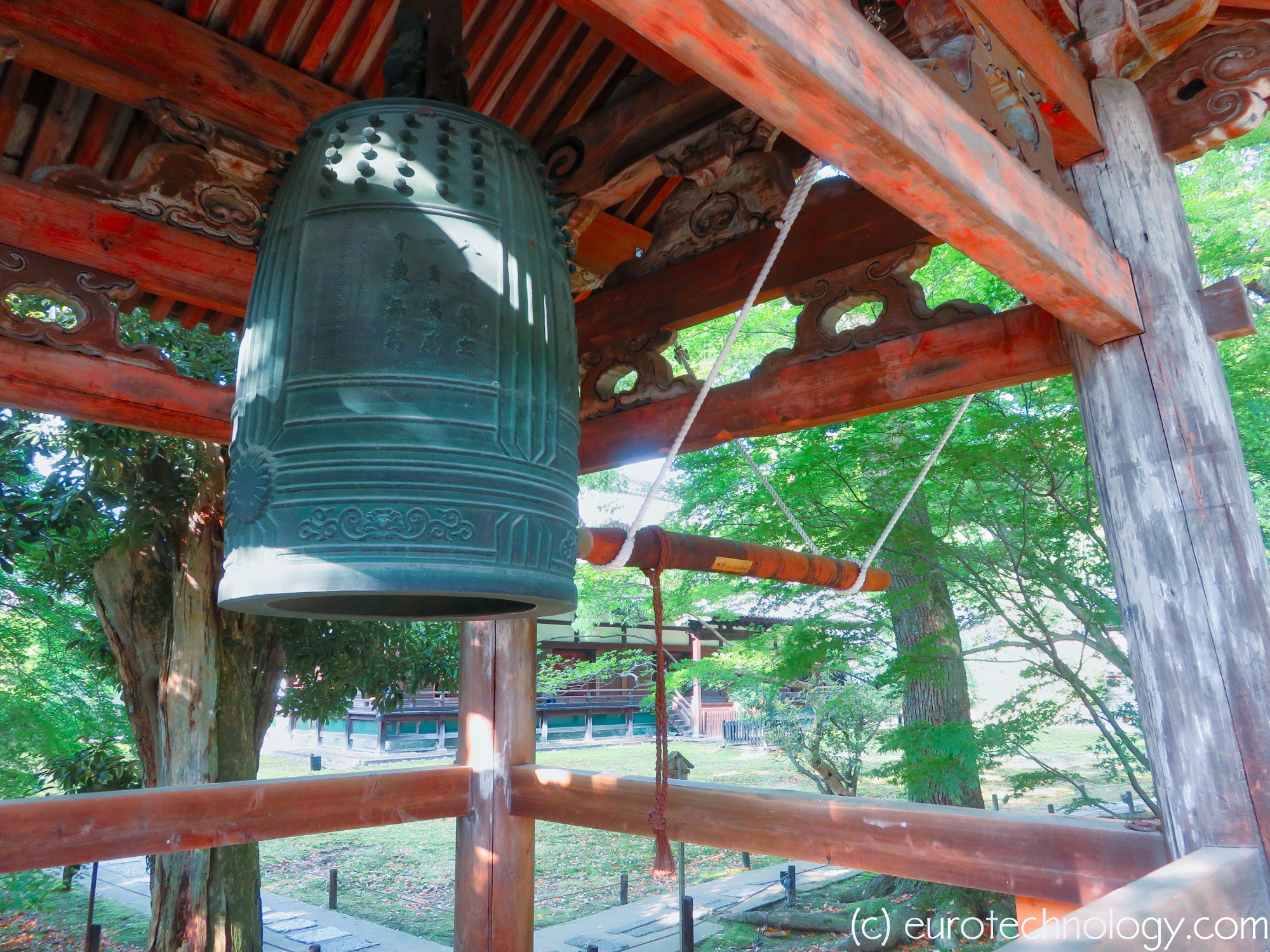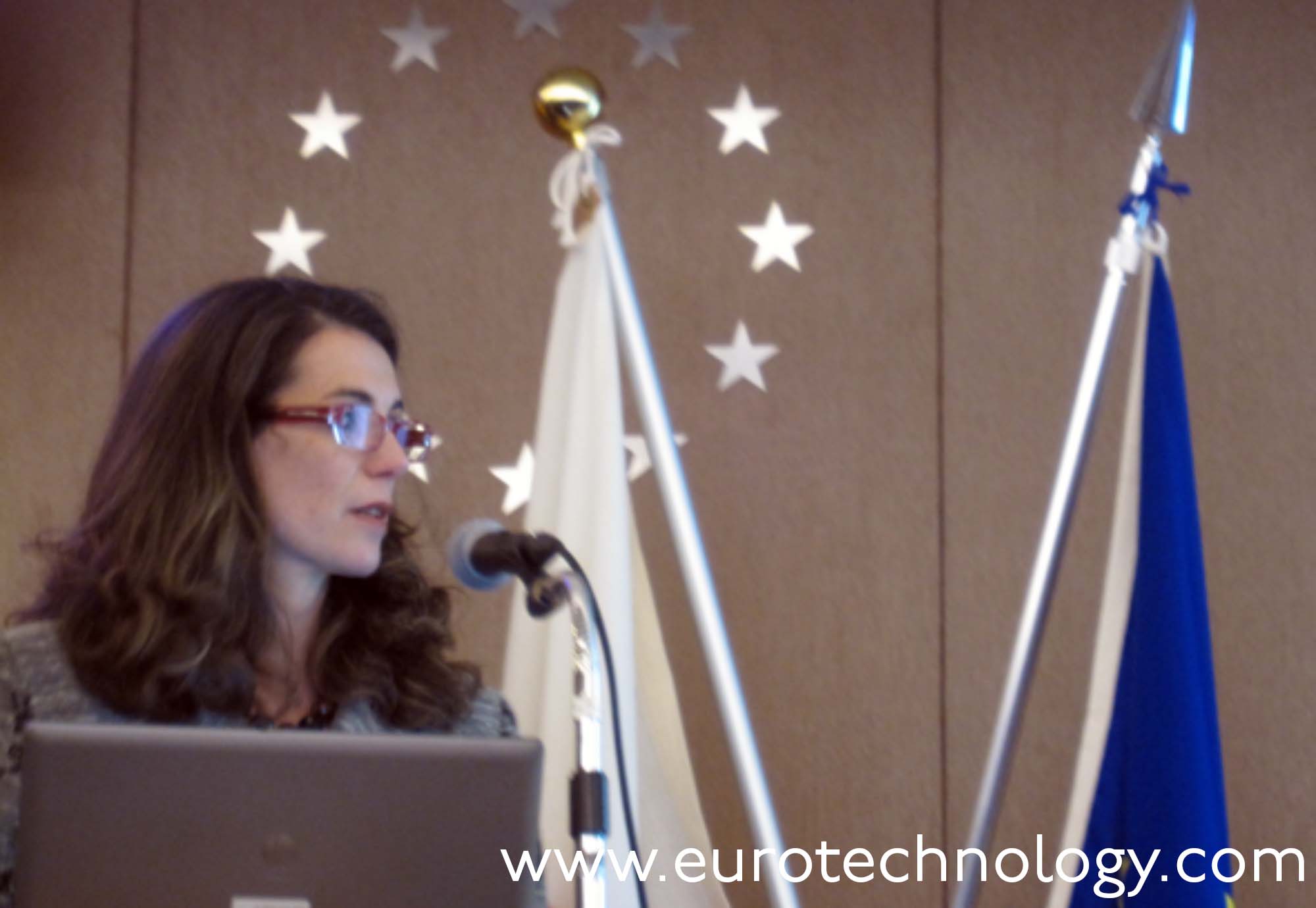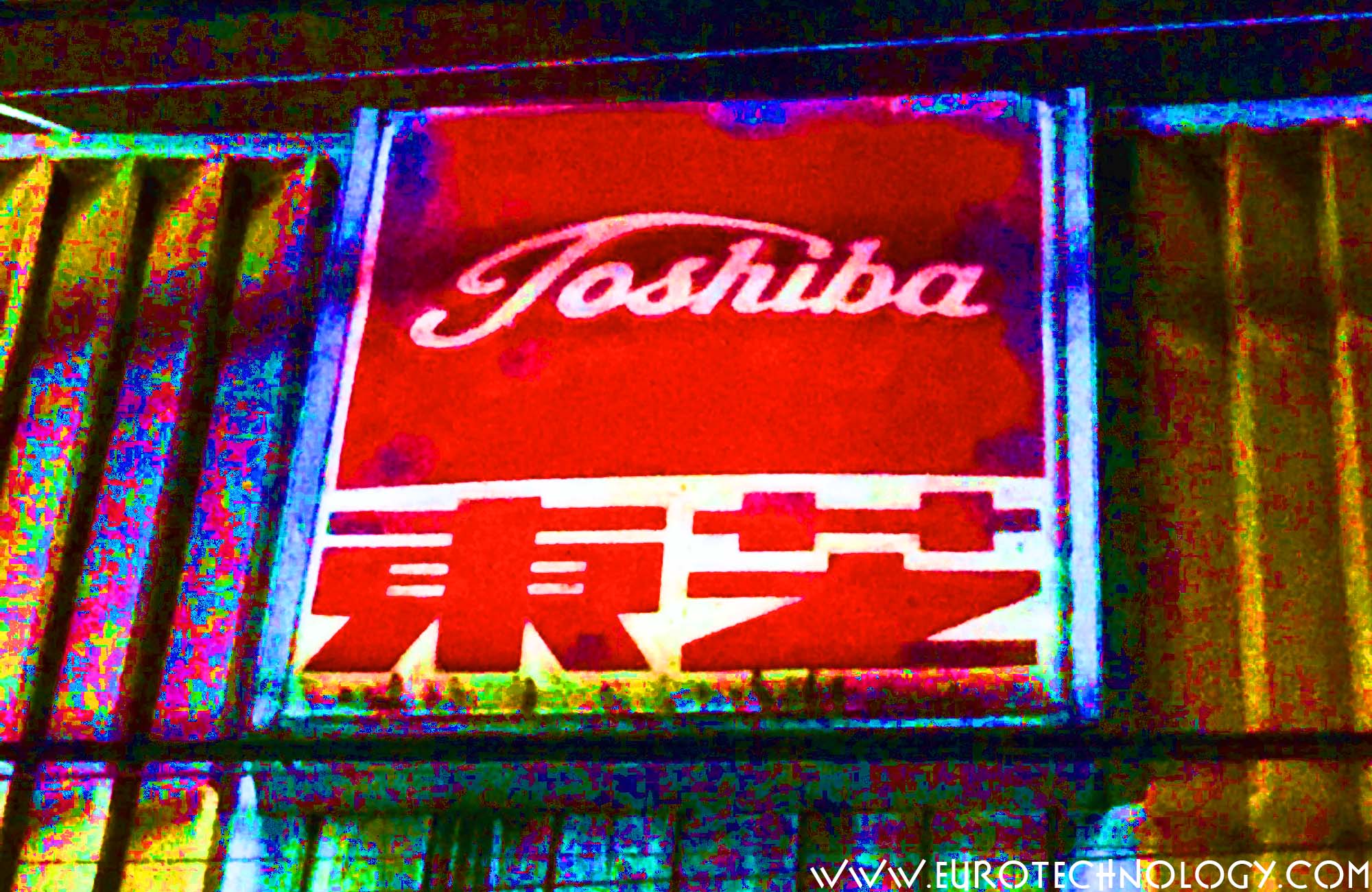Category: Science & Technology
-

SoftBank acquires ARM Holdings plc driven by paradigm shift to Internet of Things (IoT)
On 18 July 2016 SoftBank announced to acquire ARM Holdings plc for £17 per share, corresponding to £24.0 billion (US$ 31.4 billion) by Gerhard Fasol SoftBank acquires ARM: acquisition completed on 5 September 2016, following 10 years of “unreciprocated love” for ARM On 18 July 2016 SoftBank announced a “Strategic Agreement”, that SoftBank plans to…
-

Toray acquires Delta-Tech SpA to expand carbon fiber business in Europe
Toray acquires Delta-Tech: 55% of Italian fiber manufacturer Delta-Tech SpA including Delta-Preg SpA Toray management program Project AP-G 2016: “thorough implementation of growth strategy through innovation and aggressive management” Toray acquires Delta-Tech: acquires 55% of outstanding shares of the Italian prepreg manufacturer Delta-Tech SpA including the fully owned subsidiary Delta-Preg SpA. Delta-Tech SpA and Delta-Preg…
-

Nikon enters medical sector with offer for acquisition of Optos plc – “The retina company”
Nikon diversifies from digital cameras to medical imaging Retinal imaging market estimated to grow to US$ 530 million in 2019 Currently 70% of Nikon’s business are digital camera, a rapidly shrinking market due to the popularity of smartphone cameras. Inspired by SONY‘s investment in medical imaging company Olympus, Nikon diversifies from digital cameras into medical…
-

Horizon2020 Japan conference at the EU Delegation in Tokyo
Horizon 2020 Japan conference encourages Japan participation in this R&D and innovation program of the EU Horizon 2020 Japan: Ambassador Hans Dietmar Schweisgut, welcome Horizon 2020 Japan – Yoichiro Matsumoto: Japan’s research needs to go global (Professor Yoichiro Matsumoto, Executive Vice President, The University of Tokyo) Recent situation in Japanese Universities Japan has shown a…
-

Hitachi “inspire the next” Europe opens Rail Research Centre (ERRC)
European Rail Research Centre (ERRC) to focus on rolling stock design, manufacturing, maintenance and traffic management systems by Gerhard Fasol ERCC will be part of Hitachi Europe’s Transportation Energy & Environment Research Laboratory Hitachi “inspire the next” announced on October 10, 2012 the opening of the new European Rail Research Centre (ERRC) in London, to…
-

Landis+Gyr acquired by Toshiba and The Innovation Network Corporation of Japan (INCJ)
Landis+Gyr to become “independent growth platform” within the Toshiba Group for smart meters and smart grid by Gerhard Fasol Landis+Gyr acquired by Toshiba (60%) and Innovation Network Corporation of Japan (40%) for US$ 2.3 billion Landis+Gyr acquired by Toshiba and The Innovation Network Corporation of Japan: this acquisition was finalized with a shareholder’s and share…
-
Cambridge Display Technology (CDT) acquired by Sumitomo Chemical
Sumitomo Chemical to acquire CDT for US$ 285 million in cash Sumitomo Chemical (住友化学株式会社) acquired Cambridge Display Technology (CDT) under a merger agreement, paying an acquisition price of US$ 285 million in cash. 1998: Sumitomo Chemical starts P-OLED development 2001: Sumitomo Chemical and CDT Ltd (fully owned subsidiary of CDT Inc) enter into a cooperation…
-
Asahi Kasei Fibers Corporation acquires Dorlastan fibers business from Lanxess
Lanxess continues refocussing following spin-out from Bayer Textiles business moves to Asia On 17 November 2005, Lanxess (Köln, Germany) and Asahi Kasei Fibers Corporation (Osaka, Japan) announced the planned sale of Lanxess’ Dorlastan business to Asahi Kasei Fibers Corporation. Lanxess’ Dorlastan division includes production sites at Dormagen, Germany, and in Bushy Park, South Carolina, USA:…